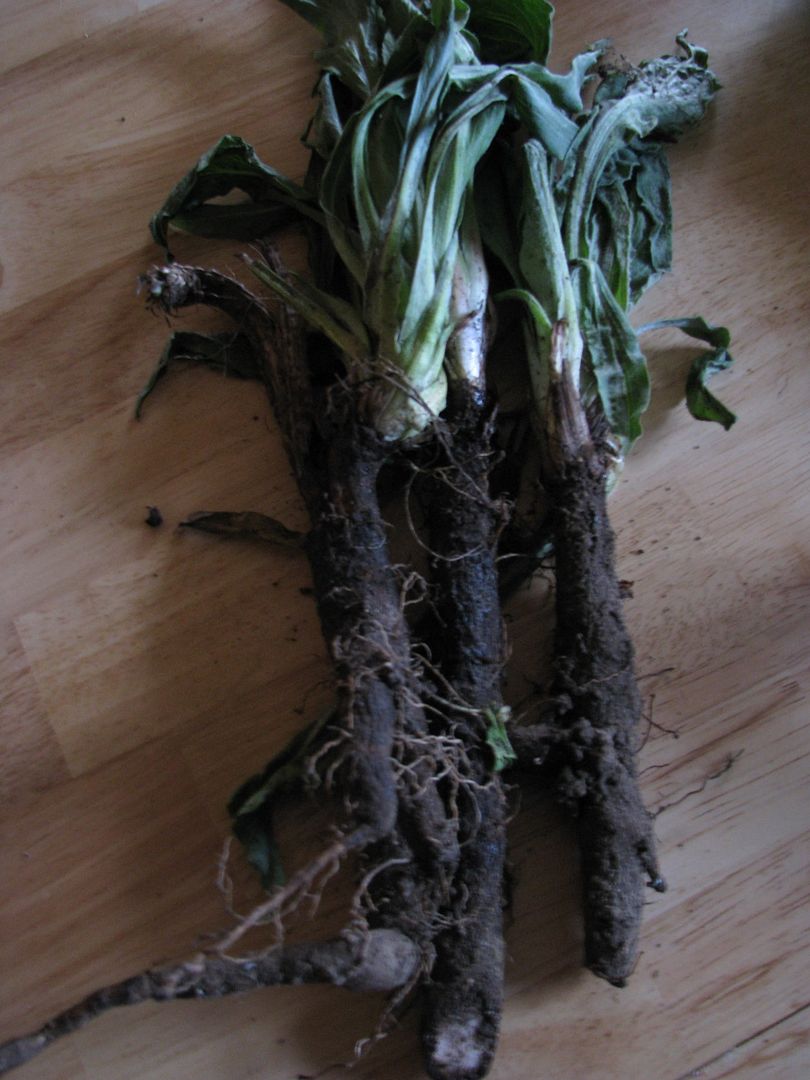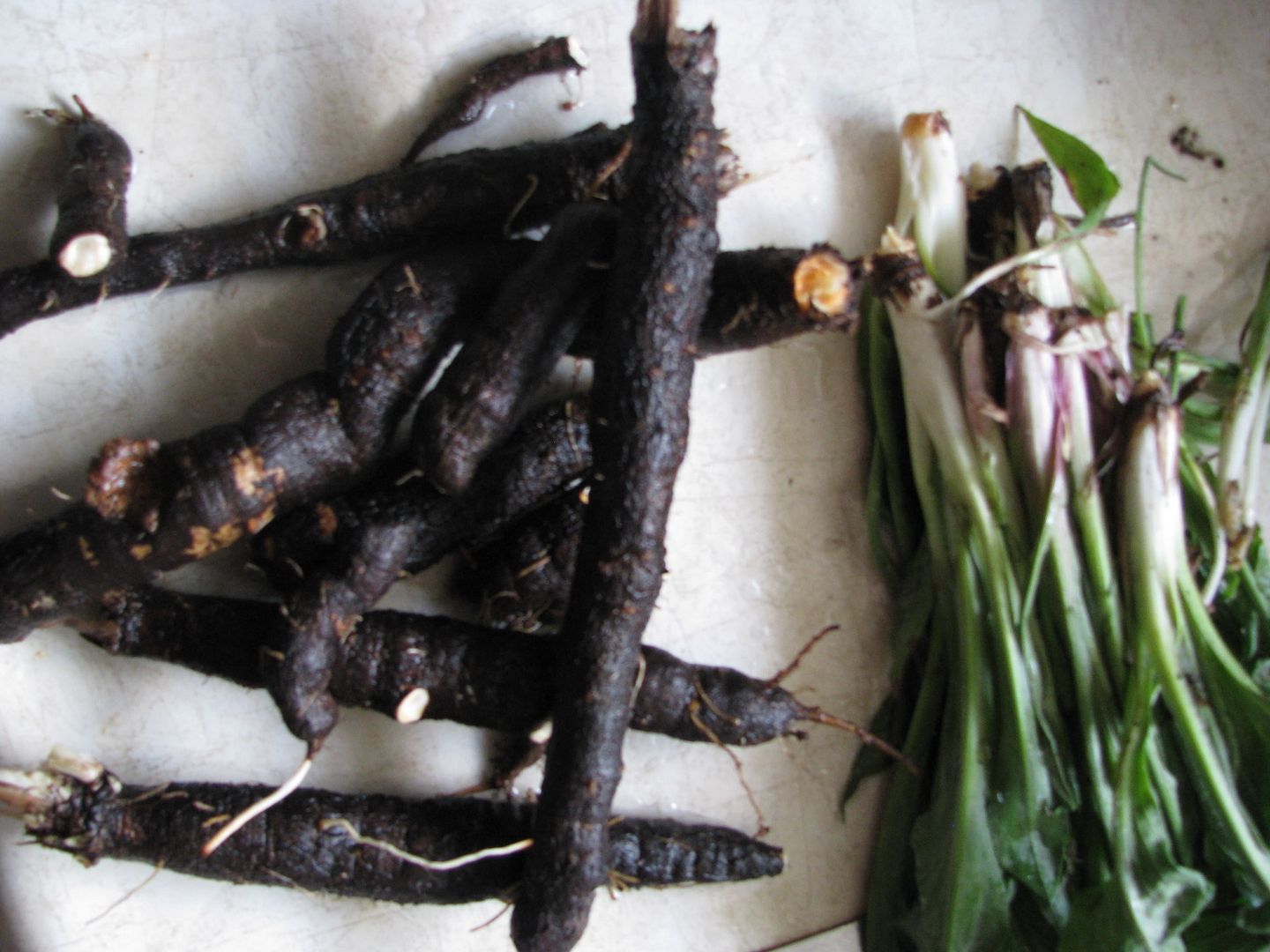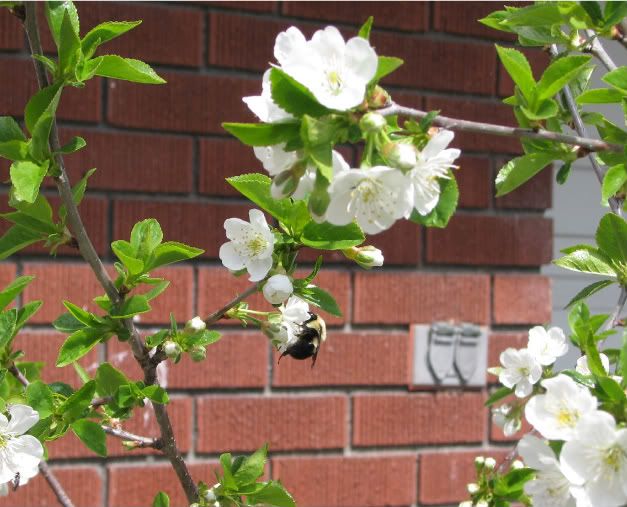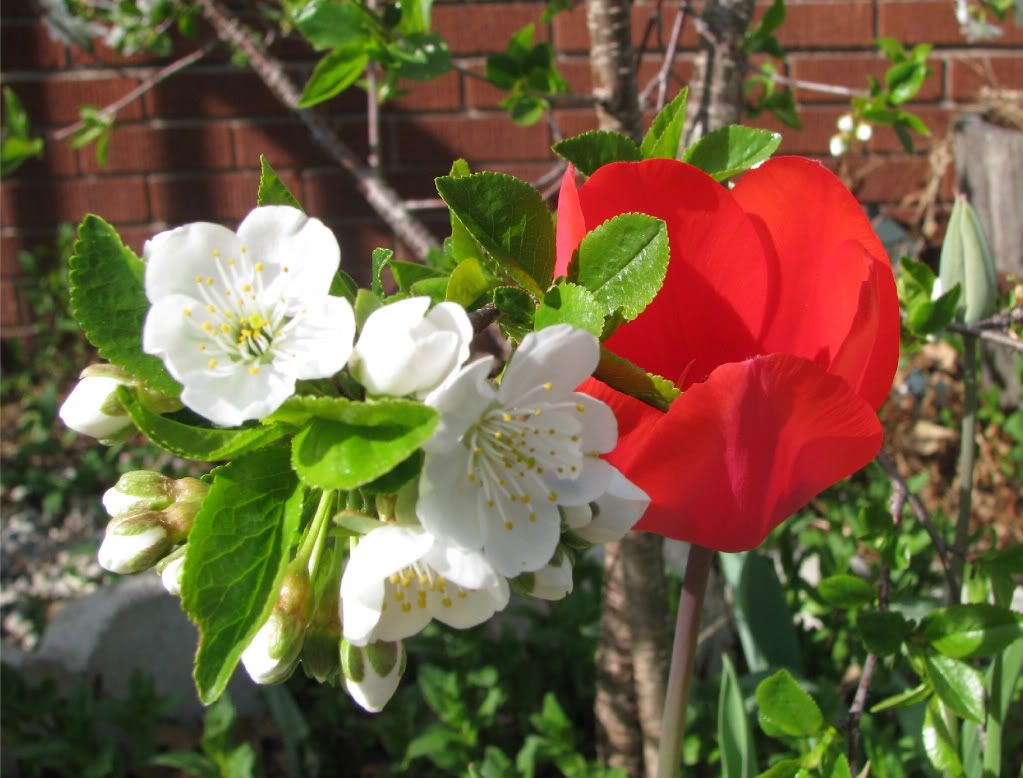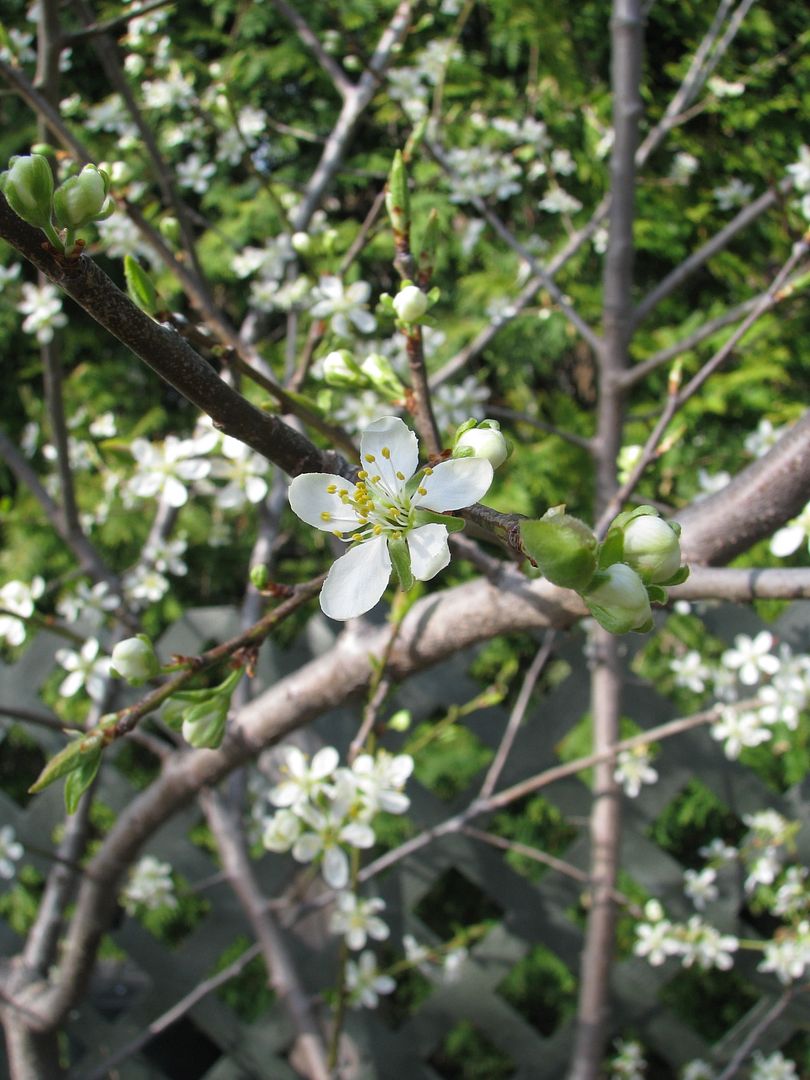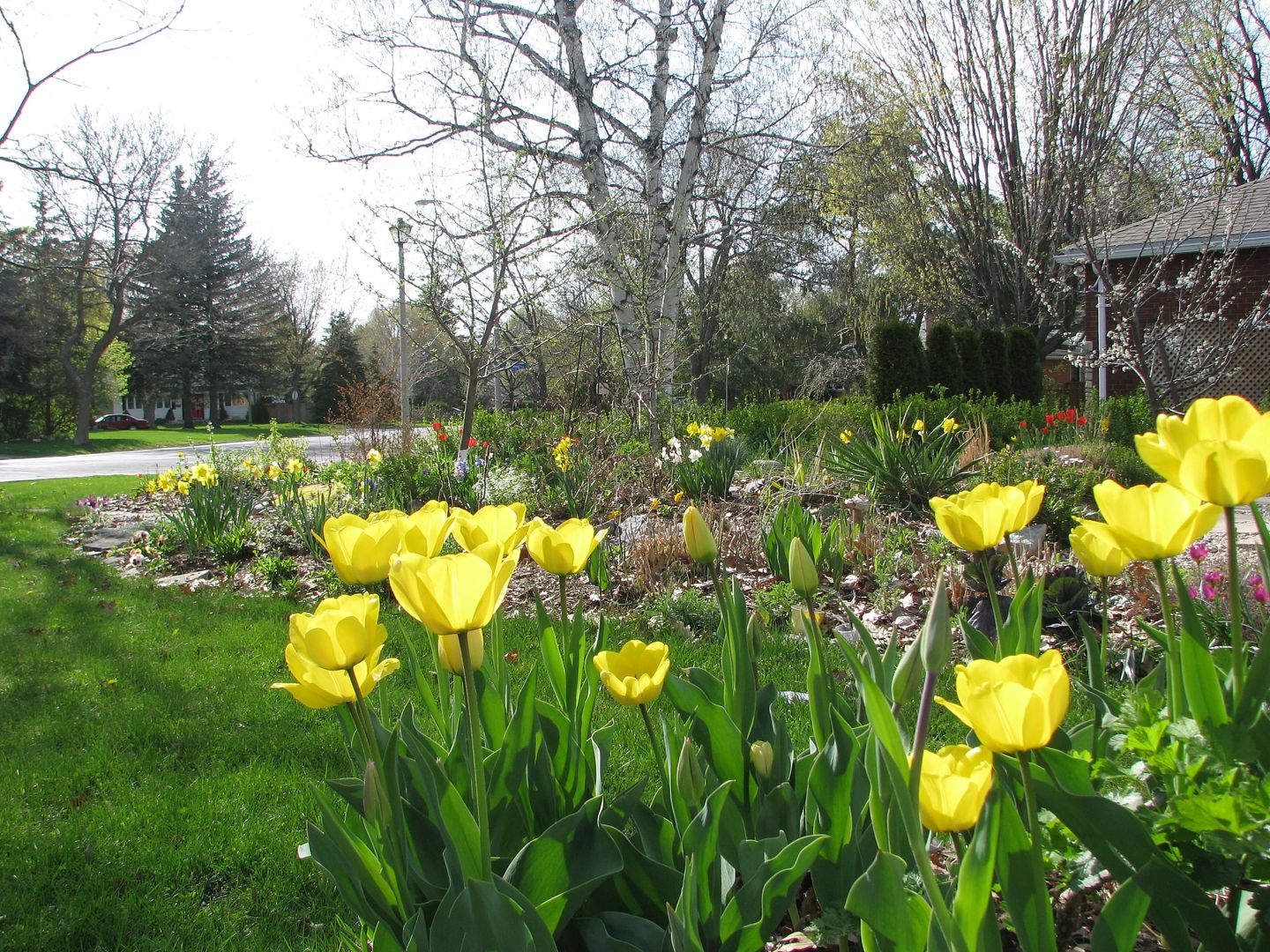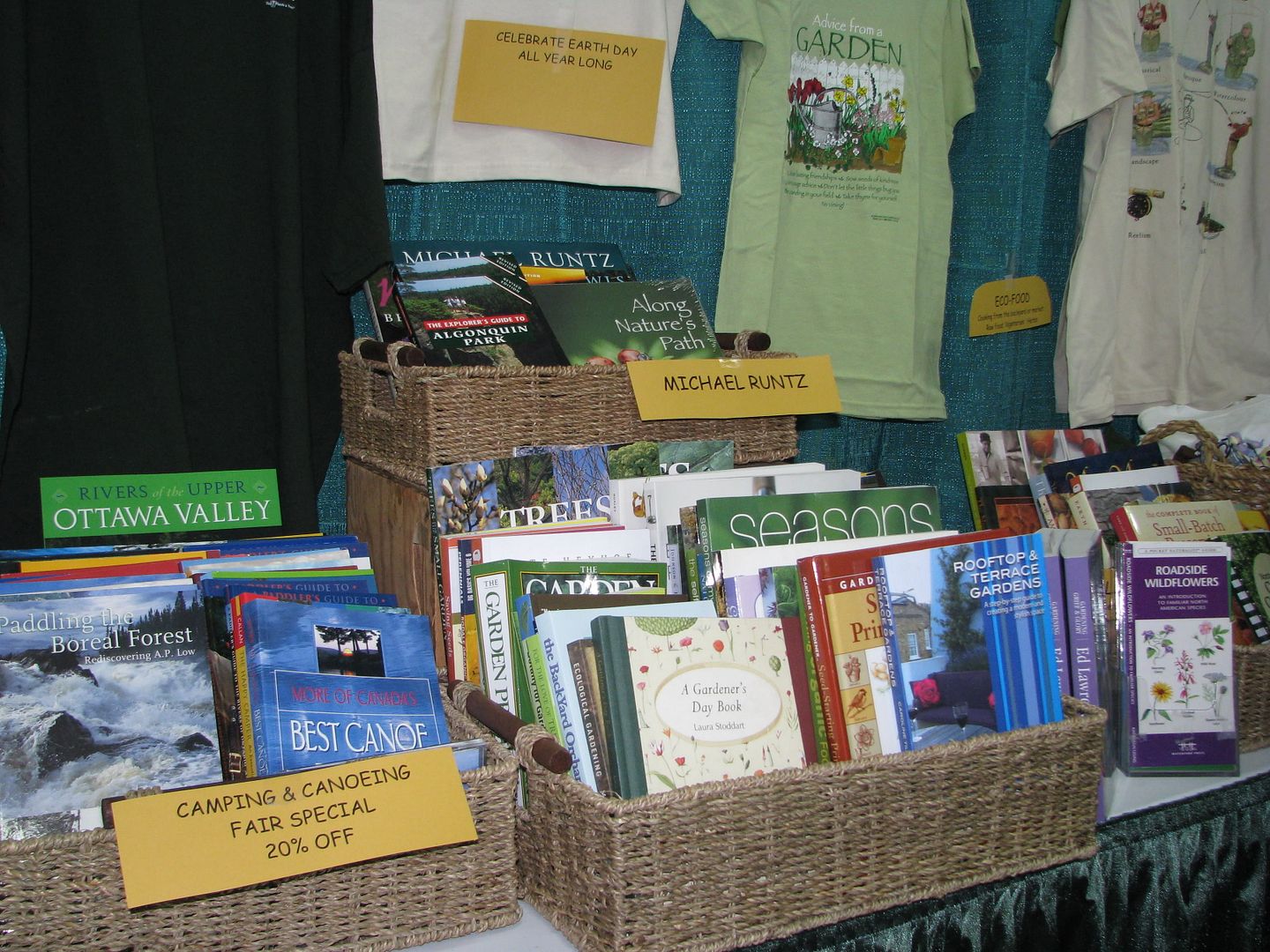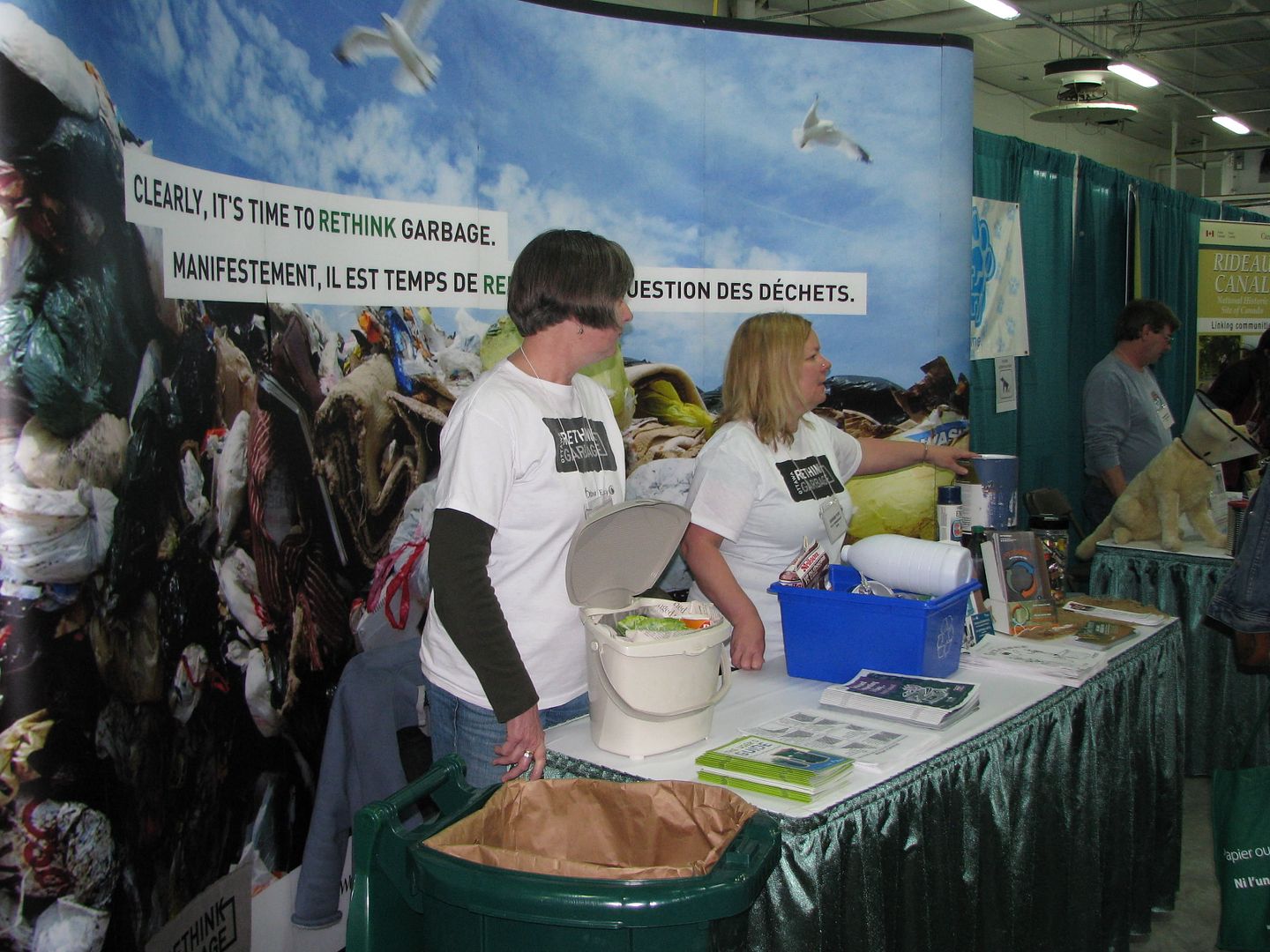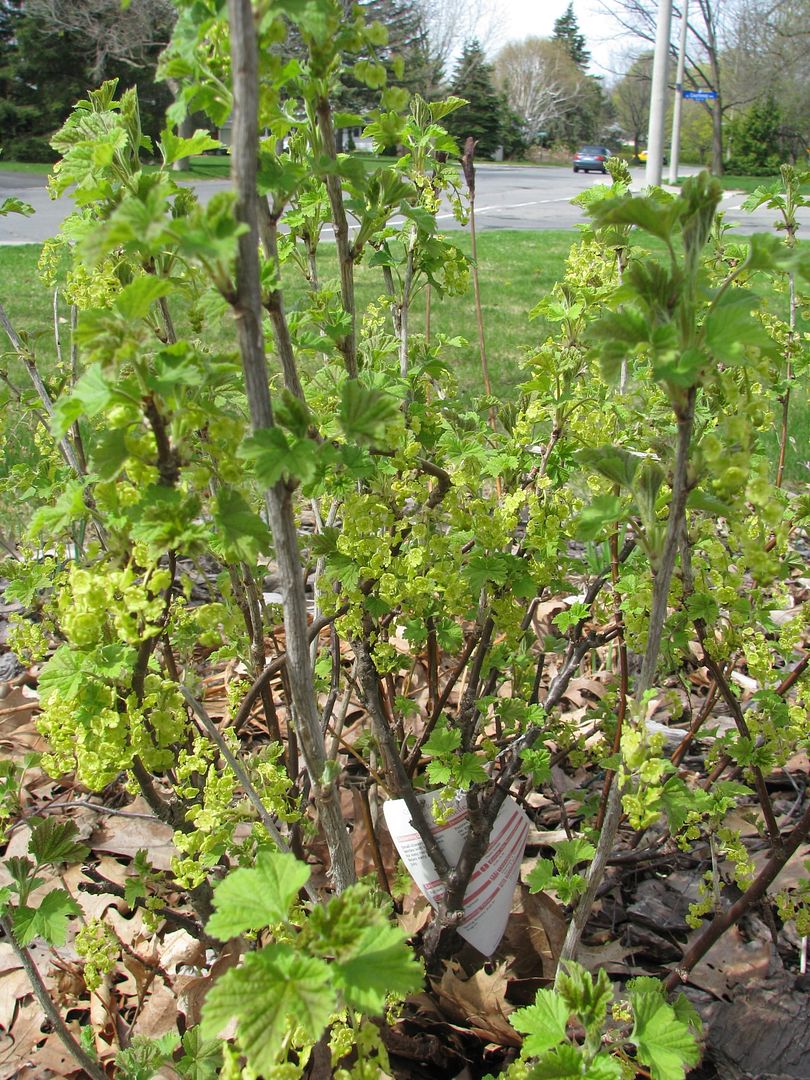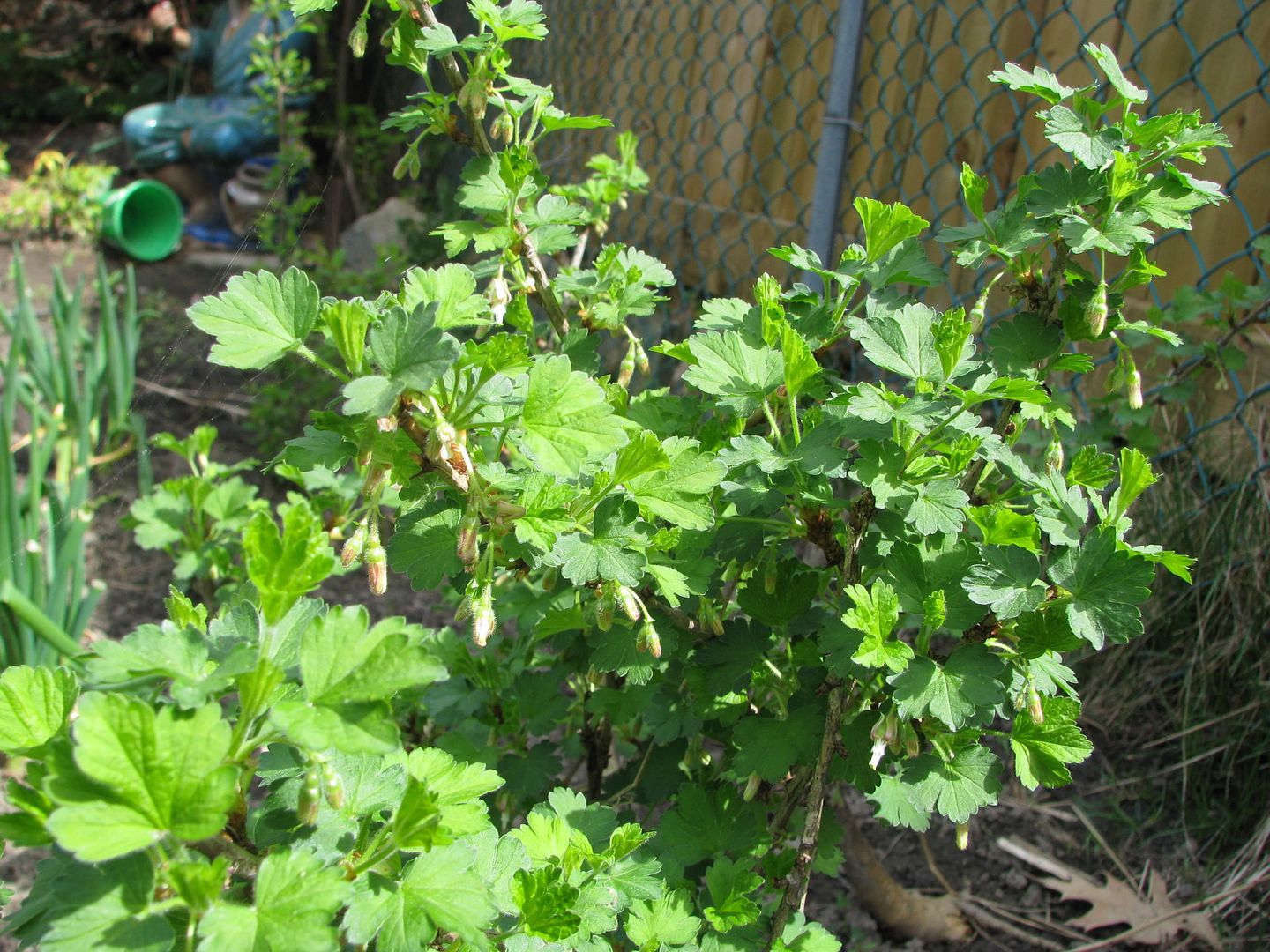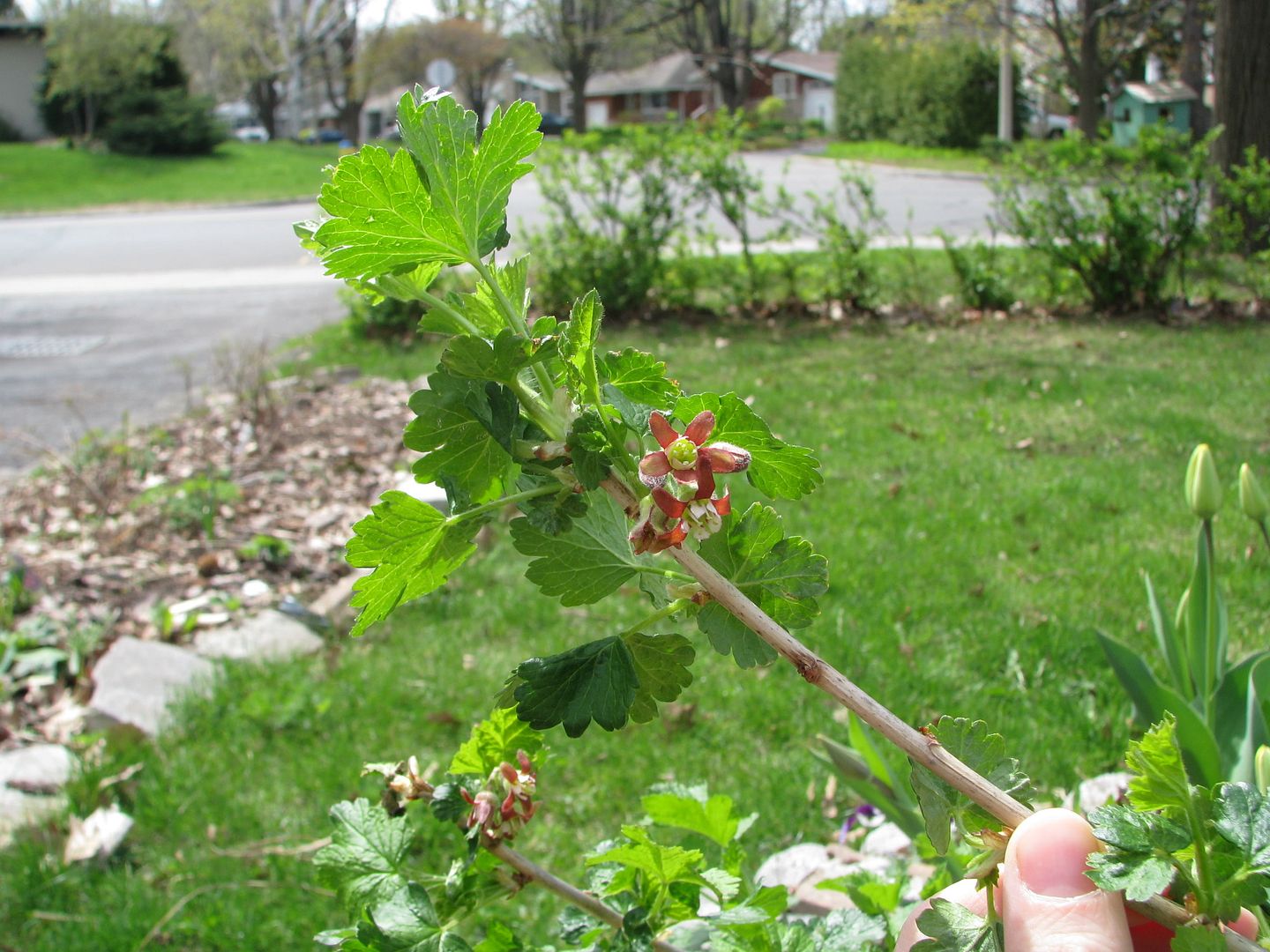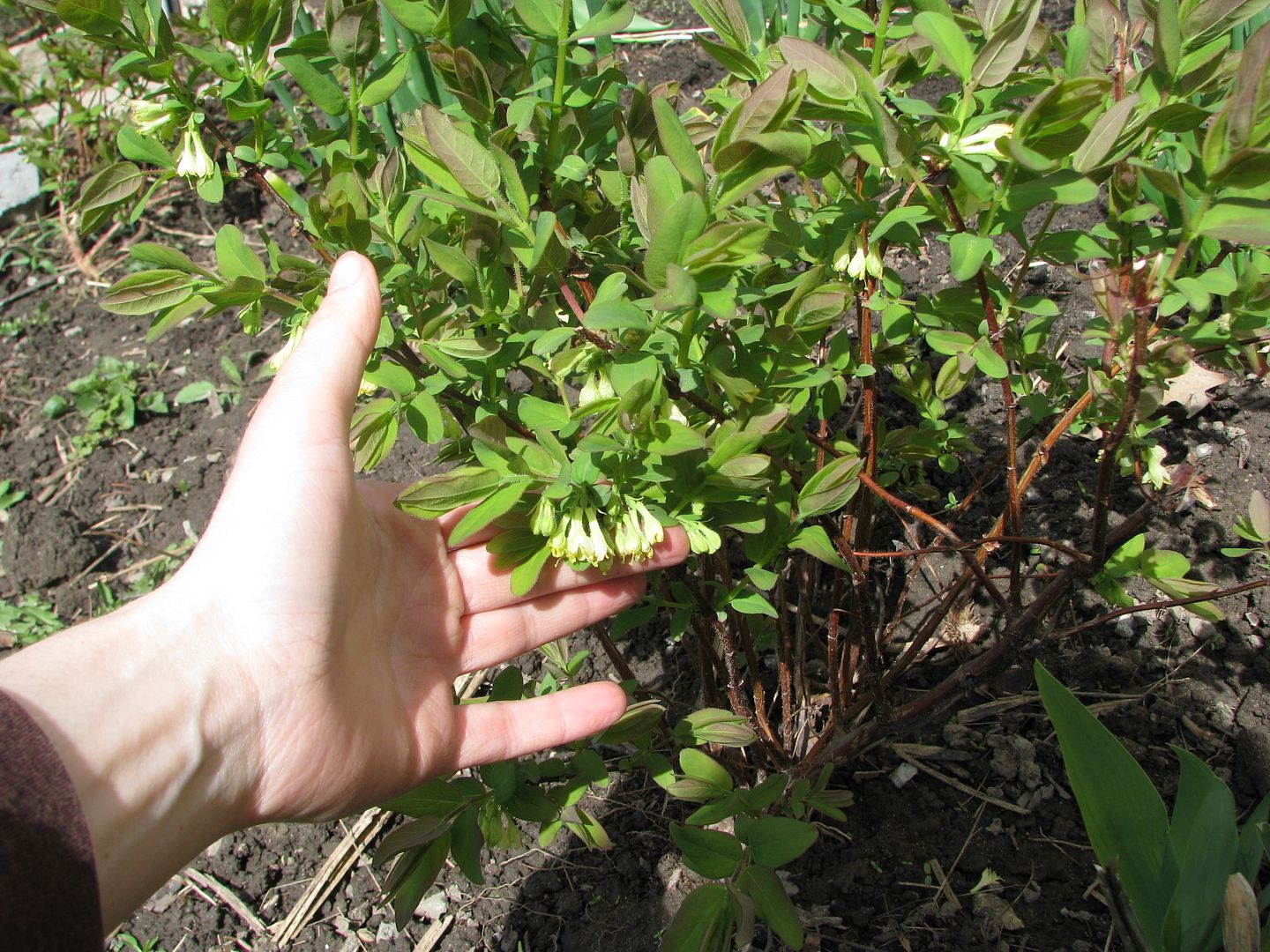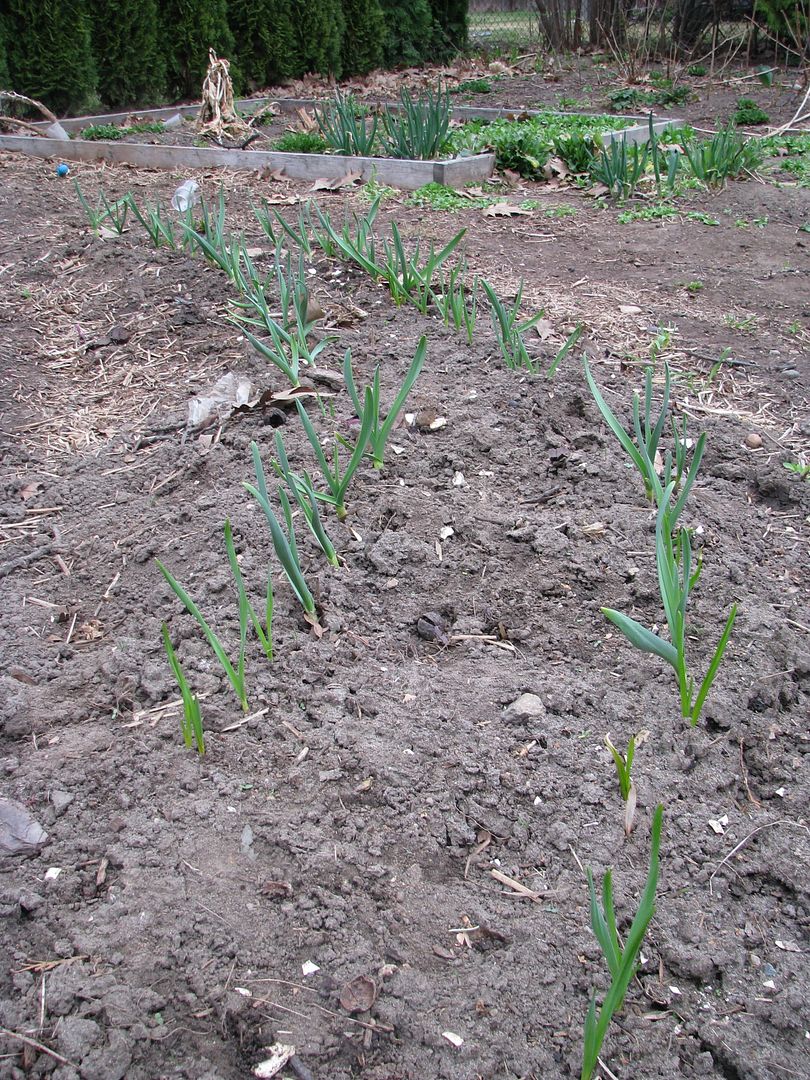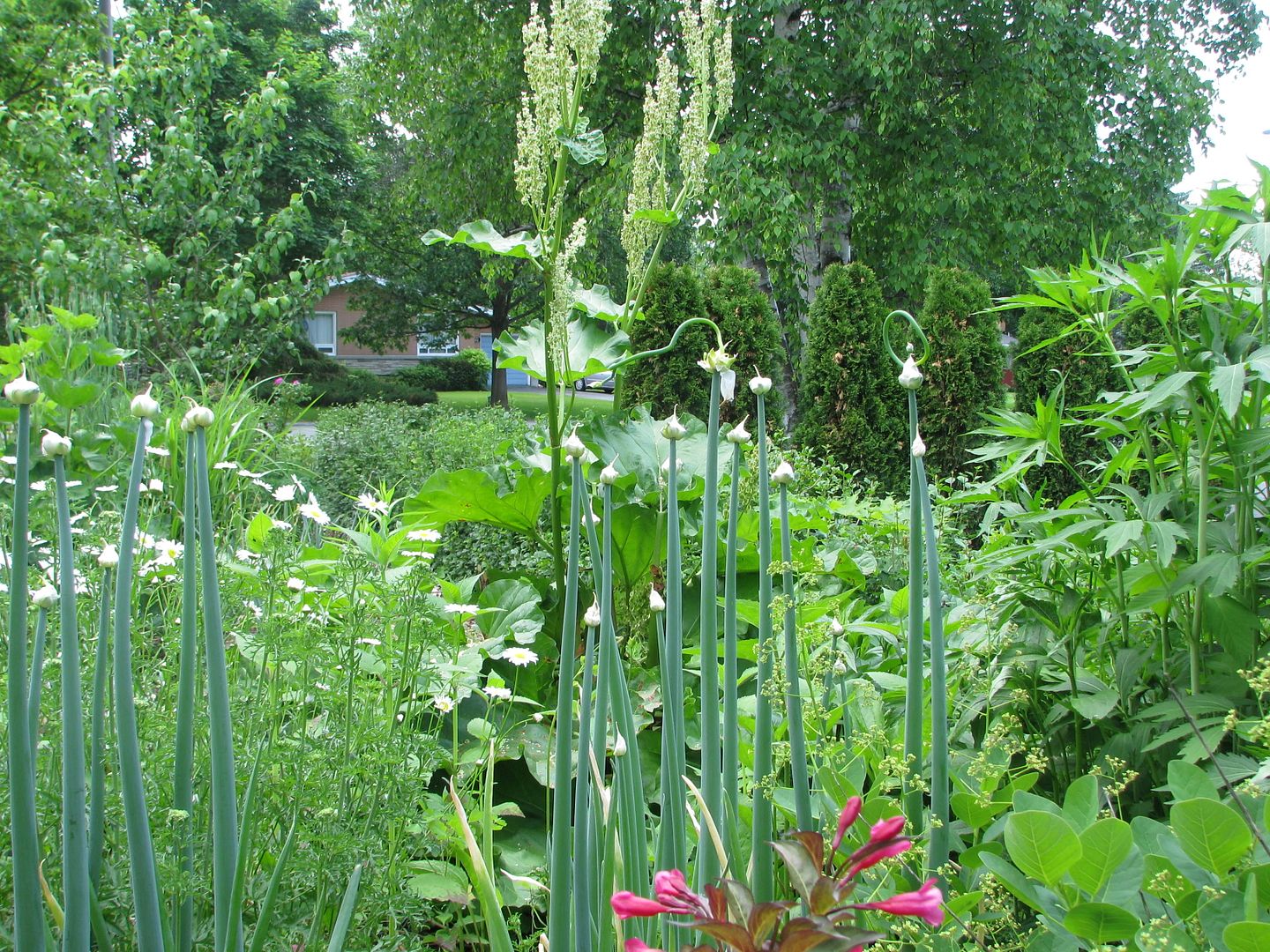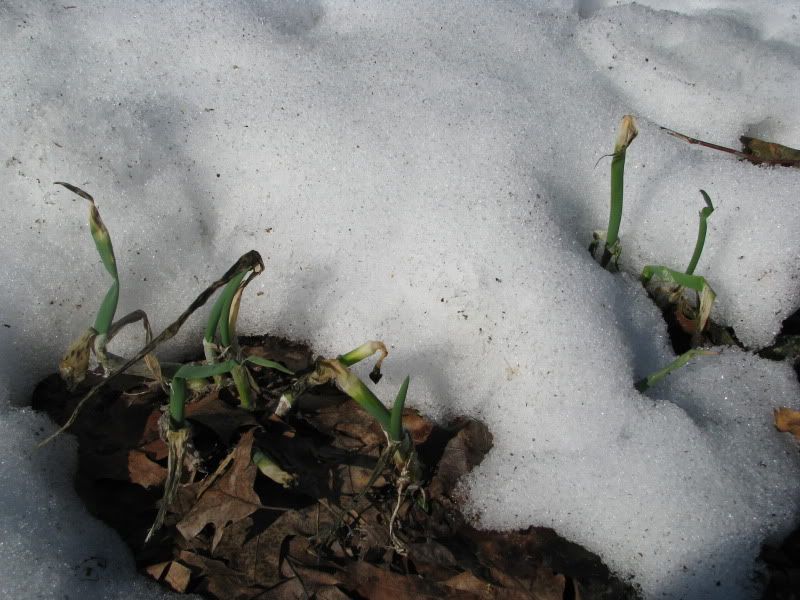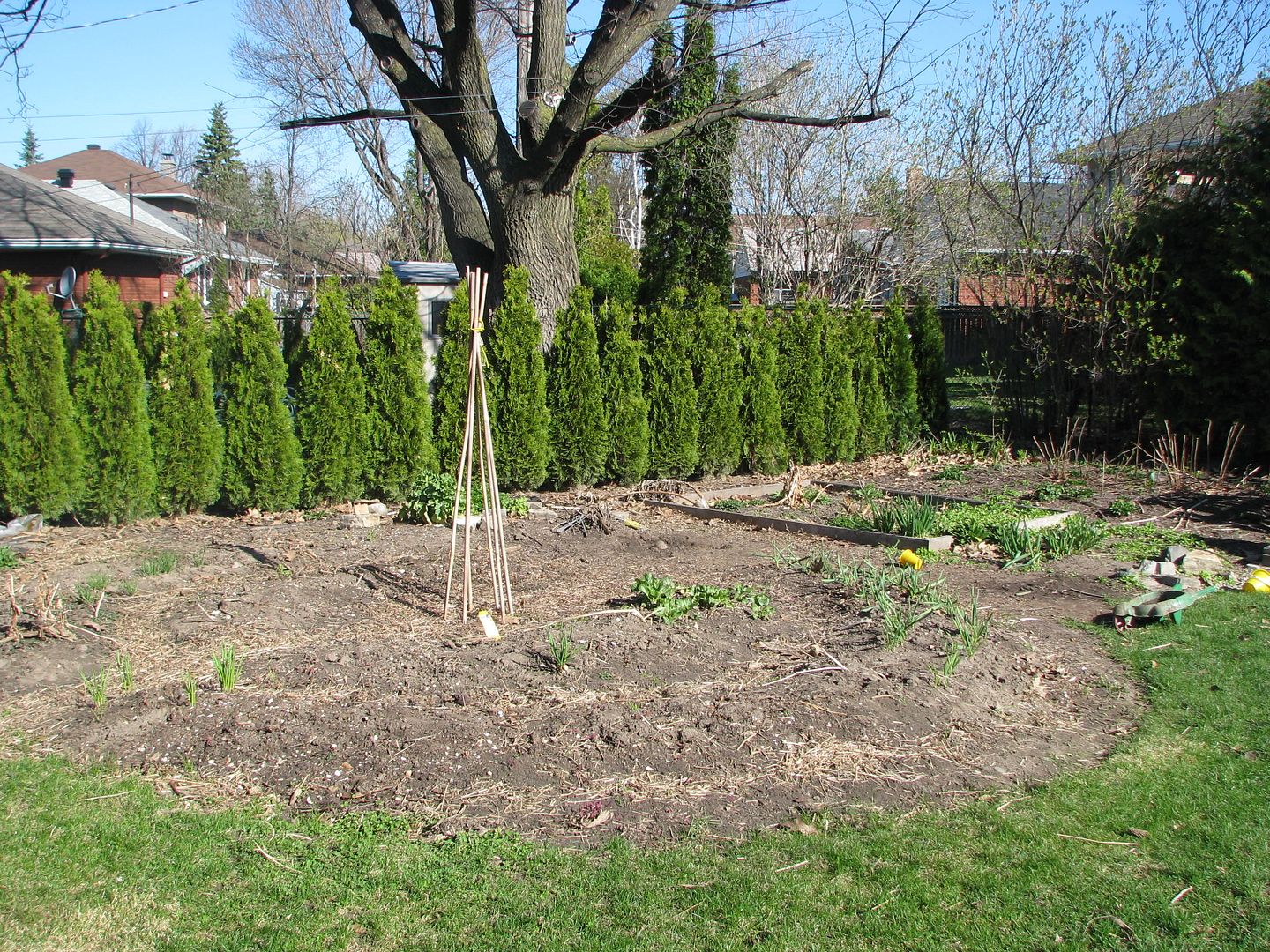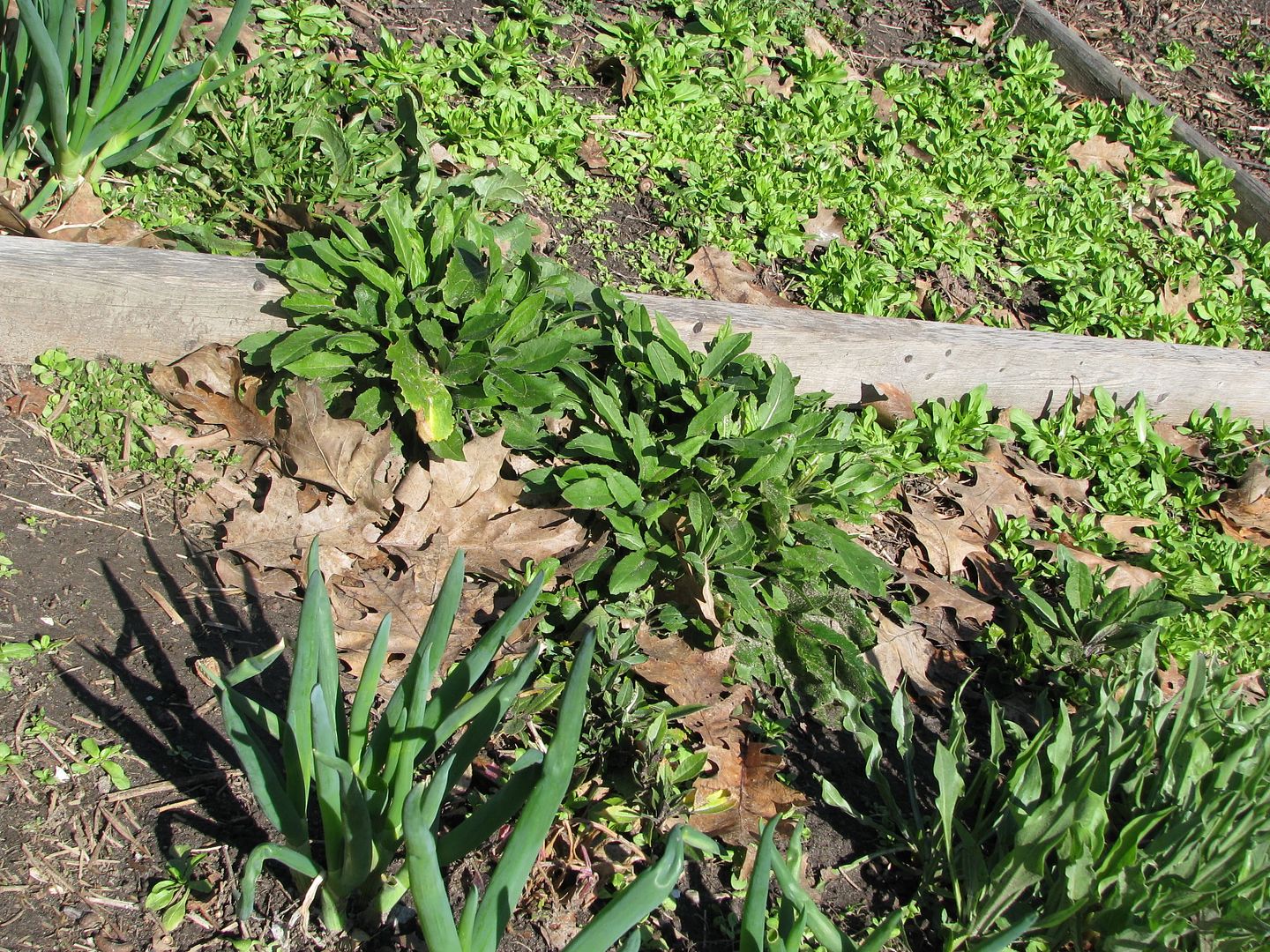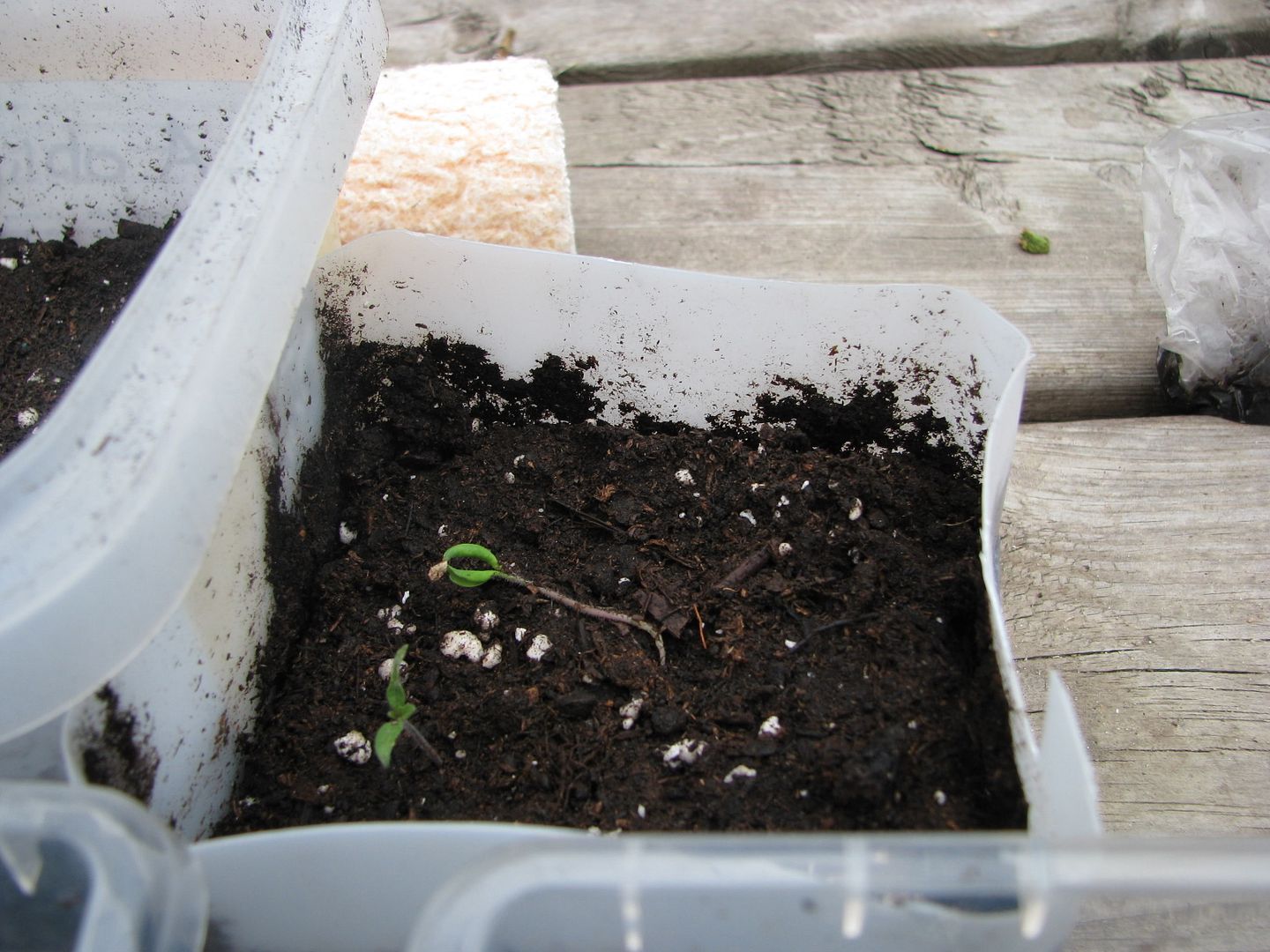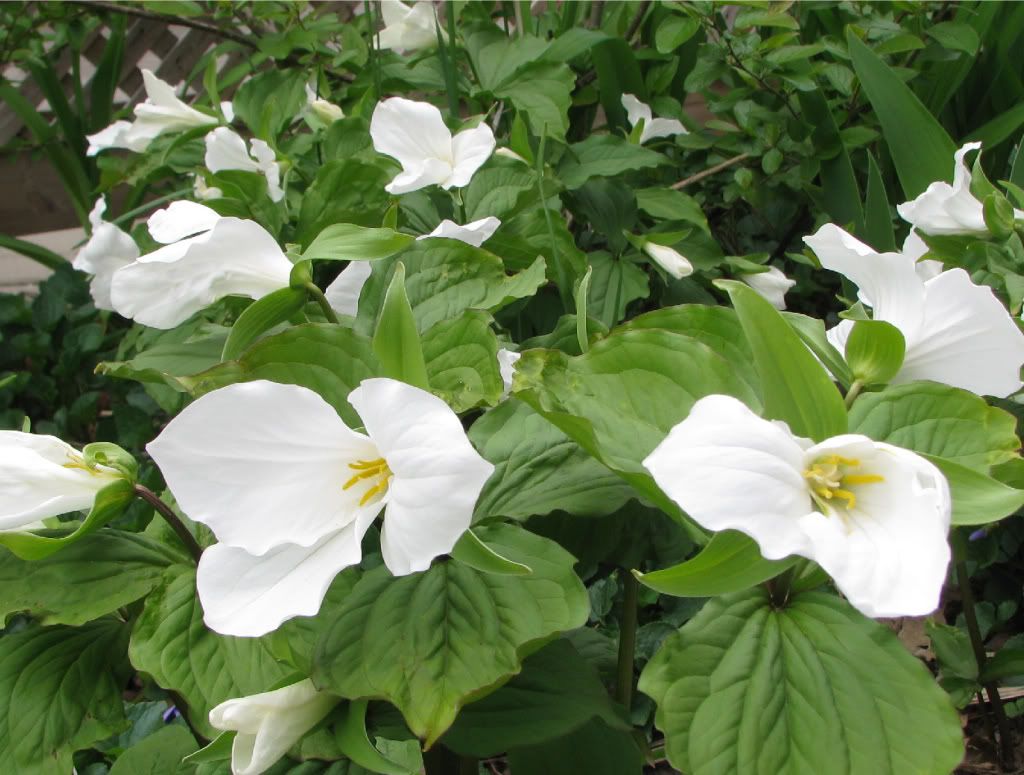
Trillium grandiflorum looking gorgeous in spring. If you don't have any in your yard then you might feel like this is one of those you have to pay for it kind of plants because generally speaking the black flies come out around the same time the Trilliums are in full bloom.
The first time someone told me trillium shoots were edible (not the flower), I reacted like any sane person and said, "That's nice but they are too pretty to eat." Then, curiousity got the better of me and I nibbled on some. Just like promised, and this doesn't always happen in the world of different digestables, they were reminiscent of sunflower seeds. I didn't eat too many though I would of if I could of... in other words, if I lived by woods brimming with these beauties, and could harvest a couple small, special additions for salad without harming the general population. For now, I'm filing it under Interesting.
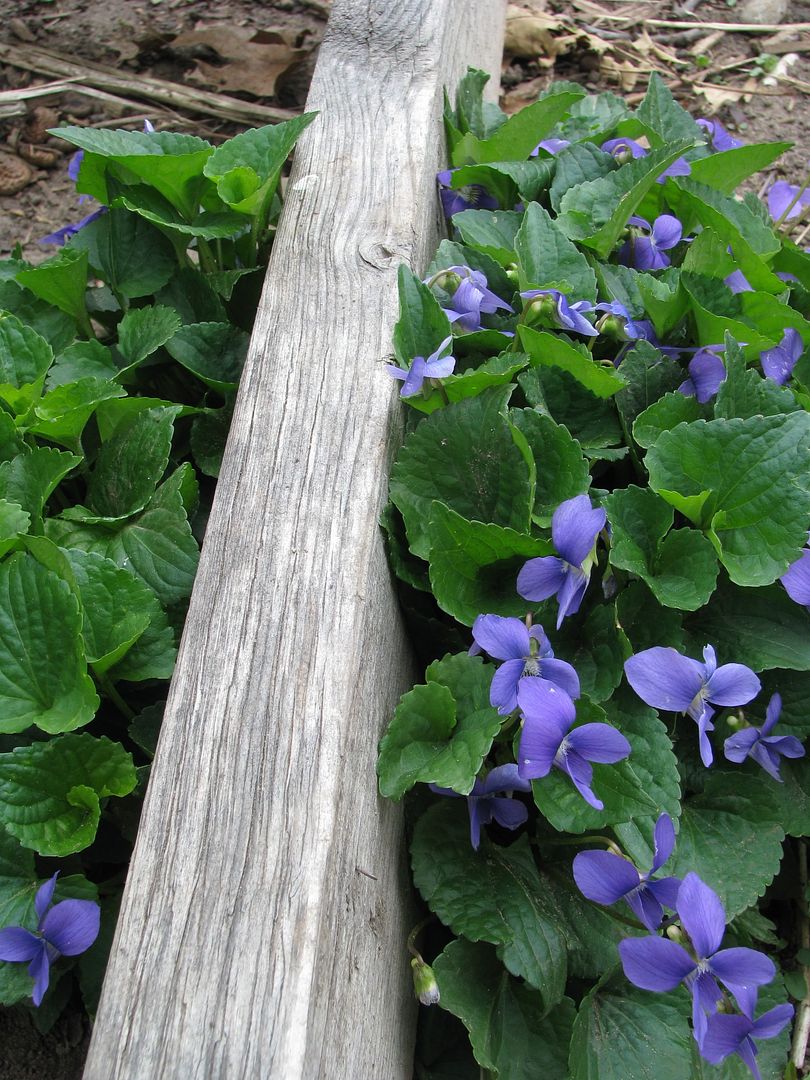
The common sweet violet does not need to leap tall buildings, it can just steadily surround them with its prolific seeding and rhizome creation. This means you need feel no guilt when liberally harvesting.
The sweet violet - Viola odorata - on the other hand, does not suffer from drastic harvesting. The new leaves are a good green for salad or cooking but I find that you have to get them just at the right time, which is just before flowering. Afterwards, you can use the flowers as decorative garnishes, either sugared or not.
Both of these flowers beautify the yard with trilliums giving a bright splash of colour in late spring under deciduous trees or other good soil in part shade. They will disappear as summer wears on so are best planted where another plant can take over the hard work of looking good. Mine are planted amoung daylilies.
Violets keep on going once the flush of flower has passed. They can make a dense ground cover, being happy in both sun and shade and taking fairly dry soil in my experience. Just be aware, that like any ground cover, they spread. Good if you want to cover ground, bad if you only want a few here and there.
***
Violet flower recipes
Eat all your violet flowers

